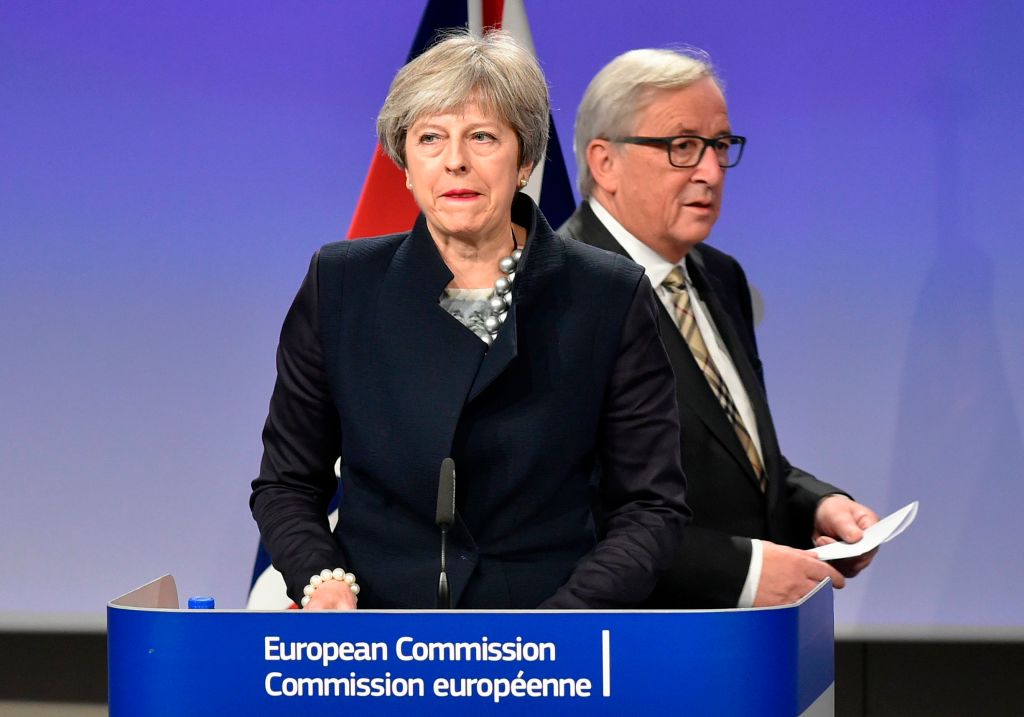It’s day four of the Brexiteer rebellion and Theresa May appears to have shored up her position… for now. The eurosceptics who take the greatest issue with her Chequers blue print – thought to be around 70 Tory MPs – don’t think they have the numbers as of yet to win a no confidence and, they say, this isn’t even their preferred option. What they want is for the Prime Minister to change course – but No 10 insist that they won’t budge. Unless she does, Guerrilla tactics have been threatened – so get ready for more resignations.
However, as I say in today’s i paper, the biggest problem from May’s current predicament is that even if things go to plan, the end goal looks verging on impossible. For May’s Brexit to be a success she needs to remain in No 10, negotiate it with Brussels and then get Parliament to vote for it when she returns with her final deal. The question being asked: just who does the Prime Minister think will vote for her final Brexit deal? Lyndon Baines Johnson said that the first rule of politics was that its ‘practitioners need to be able to count’. What the former US president meant was that a politician should never be deluded by wishful thinking. But Tory MPs worry that May has done exactly that.
As I said last November, the MPs most likely to veto May’s Brexit deal are the Brexiteers who could conclude that no deal is better than a bad deal. It should then have come of little surprise to No 10 then that this week Jacob Rees-Mogg and the European Research Group – of Tory Brexiteers – suggested they have no plans to back a deal which resembles what was agreed at Chequers. Some Eurosceptics may be blustering and come round with time. But given that more compromises are expected that seems an optimistic bet.
The fact that two Tory vice chairs – Ben Bradley and Maria Caufield – who are not seen as uber-Brexiteers have now resigned over the government position shows the extent of the unhappiness. Even May allies put the number of Tory MPs who would vote against her deal around the 70 mark.
So, how would they make up the votes? A clue to the proposed solution can be found in how May’s aide Gavin Barwell intended to spend his Monday afternoon before the blue-on-blue warfare kicked off. Barwell had invited opposition MPs to a ‘Chequers deal’ briefing. Aware that they can’t rely on the Tory party to back them on masse, May’s team are looking for Labour, SNP and Lib Dem votes to get this deal through when it comes to the final vote. This, however, appears to be wishful thinking.
What Opposition could resist the chance to bring down the government? Corbyn’s favourite union Unite has suggested that voting down the Brexit deal could be the perfect way to bring about a snap election and put the Labour leader in No 10. ‘If May goes much softer, the Tory rebellion will grow and Labour still might not be able to resist the chance to try and bring down the government’ As for those Labour MPs who are opposed to Corbyn, the problem is they tend to be rather attached to the EU.
The compromise Brexit deal May wants to negotiate would see the UK remain in a single market on goods – but be out on services, which makes up 80 per cent of the economy. The UK government argue that this is a desirable outcome as the City of London would not want to be a rule taker. Labour Remainers take issue with this as they veer towards a soft Brexit by which the UK remains in the single market for both. Labour’s Wes Streeting has already said May’s plans are undesirable and he would vote against.
As for the Lib Dem who are pushing for an exit from Brexit, it seems a non-starter. Meanwhile, the SNP don’t have a great track record of voting with Tories. The idea that Scotland has been dragging out of the EU against its will is also key to any second push for independence, and them backing the deal would invalidate that argument.
In short, we’re in no way close to making up the number. So, it appears Theresa May has three options when getting this final Brexit deal through: opt for an even softer Brexit to win around Labour stragglers; opt for a harder Brexit and get the ERG back on side; or hope for the best and that the wind will change in her favour. All of these options have problems. If May goes much softer, the Tory rebellion will grow and Labour still might not be able to resist the chance to try and bring down the government. If she changes her Brexit position now, the EU will simply refuse to talk to her. And as for waiting for something to turn up, there’s no guarantee Mrs May will be as lucky as Charles Dickens’s Mr Micawber.
Lyndon B Johnson wouldn’t have been happy with any of the above. Which is all why this week will go down in history as the point when ‘no deal’ became the most likely it has been since the EU referendum vote. Buckle up.







Comments